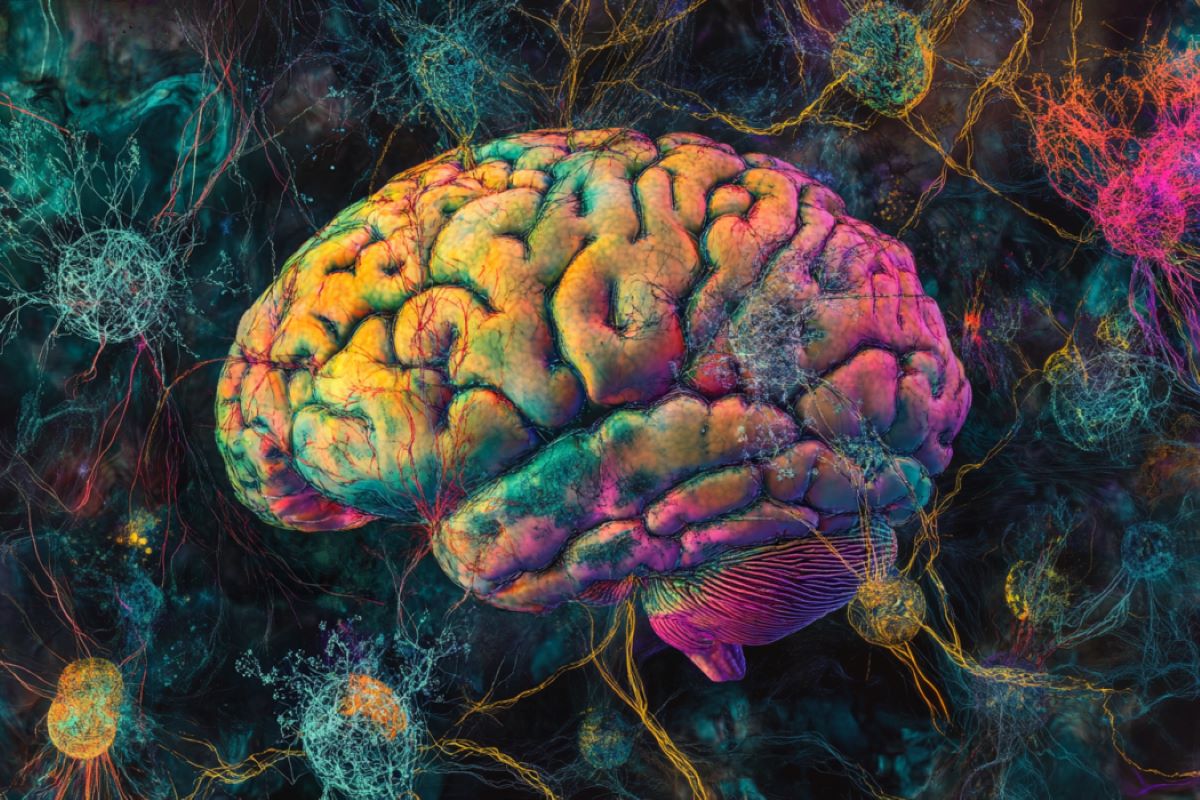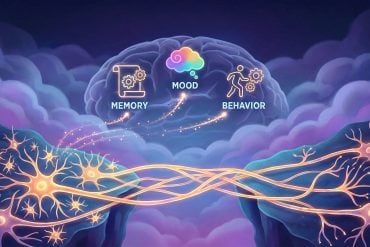Summary: Researchers have mapped how different brain cell types align with functional networks in the human cortex, advancing our understanding of brain organization. Using post-mortem gene expression atlases, the study linked cellular distributions to specific networks involved in tasks like sensory processing and decision-making.
This research bridges the gap between brain function and its cellular underpinnings, offering insights into cognition and mental health. The findings pave the way for future studies on how diverse cell types work together and how brain function might be modeled.
Key Facts:
- Gene expression atlases revealed how specific brain cell types align with functional networks in the cortex.
- The study connects cellular organization to brain functions like sensory processing and decision-making.
- These findings provide a framework for exploring the cellular basis of health and mental disorders.
Source: Rutgers University
Rutgers researchers at the Brain Health Institute (BHI) and Center for Advanced Human Brain Imaging Research (CAHBIR) have uncovered how different types of brain cells work together to form large-scale functional networks in the human brain – interconnected systems that support everything from sensory processing to complex decision-making – paving the way for new insights into brain health and disease.
By pinpointing these cellular foundations, the study, published in Nature Neuroscience, offers a deeper understanding of the cellular foundations of cognition and mental health.

The brain’s functional properties arise from the varied cell types within its cortex, the outermost layer responsible for many complex mental tasks. A major goal in neuroscience research is to understand how our genetic, molecular and cellular processes support brain’s organization properties, as measured through functional magnetic resonance imaging.
Historically, scientists studied brain organization properties by examining tissue samples from post-mortem or by using invasive techniques in animals, such as studying tissue structure (histology), tracing neural pathways, measuring electrical activity (electrophysiology) or observing changes after specific areas were damaged (lesion methods).
Advances in genetics and technology now allow researchers to study how brain cells are organized in human tissue more precisely.
In this study, Rutgers researchers used recently developed post-mortem gene expression atlases, which map how genes are differentially expressed across brain regions, to explore how different types of cells may spatially align with brain networks studies in the general population.
Researchers found that certain cell-type distributions align with specific networks in the brain’s cortex, both at the level of individual cell types and multivariate cellular profiles, or fingerprints.
“These findings highlight a connection between the functional organization of the human brain and its cellular underpinnings,” said senior author Avram Holmes, associate professor of psychiatry at Robert Wood Johnson Medical School, and core faculty member of the Rutgers Brain Health Institute and the Center for Advanced Human Brain Imaging Research.
“The study has significant implications for understanding the cellular basis of brain functions across health and disease,” Holmes said.
This research sets the stage for future studies to explore how our diverse cell types work together within the brain’s networks and to test other potential models of how cells contribute to brain function.
Future studies should examine ways to integrate the hierarchical structure of these diverse cell definitions in analyses and consider alternate models of in vivo brain functioning, said Holmes.
About this neuroscience research news
Author: Lily Zhang
Source: Rutgers University
Contact: Lily Zhang – Rutgers University
Image: The image is credited to Neuroscience News
Original Research: Closed access.
“The cell-type underpinnings of the human functional cortical connectome” by Avram Holmes et al. Nature Neuroscience
Abstract
The cell-type underpinnings of the human functional cortical connectome
The functional properties of the human brain arise, in part, from the vast assortment of cell types that pattern the cerebral cortex. The cortical sheet can be broadly divided into distinct networks, which are embedded into processing streams, or gradients, that extend from unimodal systems through higher-order association territories.
Here using microarray data from the Allen Human Brain Atlas and single-nucleus RNA-sequencing data from multiple cortical territories, we demonstrate that cell-type distributions are spatially coupled to the functional organization of cortex, as estimated through functional magnetic resonance imaging.
Differentially enriched cells follow the spatial topography of both functional gradients and associated large-scale networks. Distinct cellular fingerprints were evident across networks, and a classifier trained on postmortem cell-type distributions was able to predict the functional network allegiance of cortical tissue samples.
These data indicate that the in vivo organization of the cortical sheet is reflected in the spatial variability of its cellular composition.






